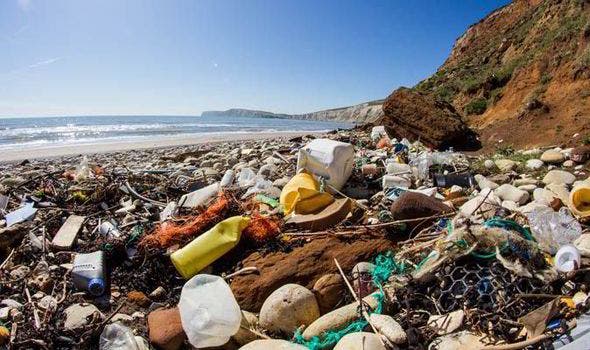In 2012, the United States generated almost 14 million tons of plastics as containers and packaging, about 11 million tons as durable goods such as appliances, and almost 7 million tons as nondurable goods, such as plates and cups. Compared to the 1960s, when plastics were less than one percent of the waste stream, this ubiquitous class of materials has now jumped to almost 13 percent. Plastic takes between 500 and 1000 years to degrade (no one knows for sure at this point), so when the waste gets dumped into landfill this create a huge problem for the ecosystem. Recycling thus becomes a must, but in the US only 7.1% of all generated plastics become reused – the rest end up in landfills, freshwaters or the ocean.
In light of all this

With this context in mind, it’s critical that an effective plastic recycling system if found. This means strict policies, education, but also forefront cleaning and reusing technology. When dealing with something as complex (at least in its ubiquity) as plastic, there is no such as thing as ONE or THE solution. For instance, electronic gadgets are very difficult to recycle and one of the biggest challenges in breaking these down is their plastic casing. Tons of screws and closed quarters make it very difficult to disassemble the casings, and burning or melting is a big no, no.
Here’s an interesting solution however: researchers devised a new kind of plastic from fructose-like molecules and light sensitive molecules. When exposed to ultraviolet light (350 nm), the light absorbing molecules break the long chain of the plastic molecules and cause the whole material to degrade. After the new plastic was exposed to ultraviolet light for 3 hours, it completely dissolved into a liquid solution that only contained building-block molecules. These can then be used to make plastic again.
Of course, more research is needed to understand how the light affects the plastic’s properties and how well the re-used plastic fairs. Still, the solution is elegant: it provides an easy, cost-effective way to dispose of plastic waste, as well as a solid footing to restart the cycle with new plastic. It can’t work, however, for plastics that are meant to be exposed to light like bottles or packaging.
Perhaps the most promising solution for the world’s plastic waste problem might lie with a certain fungus, called Pestalotiopsis microspora. Read the full article about this fantastic animal in the ZME archives.






